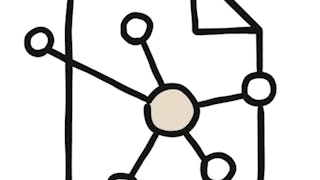This course teaches you to build Model Context Protocol (MCP) servers and clients with production-ready features. You'll learn to implement sampling—a technique that shifts AI model costs and complexity from servers to clients—and add real-time logging and progress notifications to improve user experience during long-running operations. The course covers roots, MCP's permission system that enables file discovery while maintaining security boundaries.



Model Context Protocol: Advanced Topics
Instructor: Stephen Grider
Access provided by University of Warwick
Skills you'll gain
Details to know

Add to your LinkedIn profile
November 2025
See how employees at top companies are mastering in-demand skills

There are 3 modules in this course
Master sampling, notifications, and roots - three powerful features that make MCP servers more capable and user-friendly. Learn how servers can access language models, provide real-time feedback, and securely access file systems.
What's included
4 videos1 assignment
Deep dive into MCP's communication layer. Understand JSON message types, stdio transport for local development, and the complexities of StreamableHTTP for remote deployments.
What's included
5 videos2 assignments
Test your knowledge of advanced MCP concepts and learn how to apply these techniques in your own projects.
What's included
1 video2 assignments
Instructor
Offered by
Why people choose Coursera for their career




Explore more from Computer Science

Fractal Analytics

Vanderbilt University
¹ Some assignments in this course are AI-graded. For these assignments, your data will be used in accordance with Coursera's Privacy Notice.



